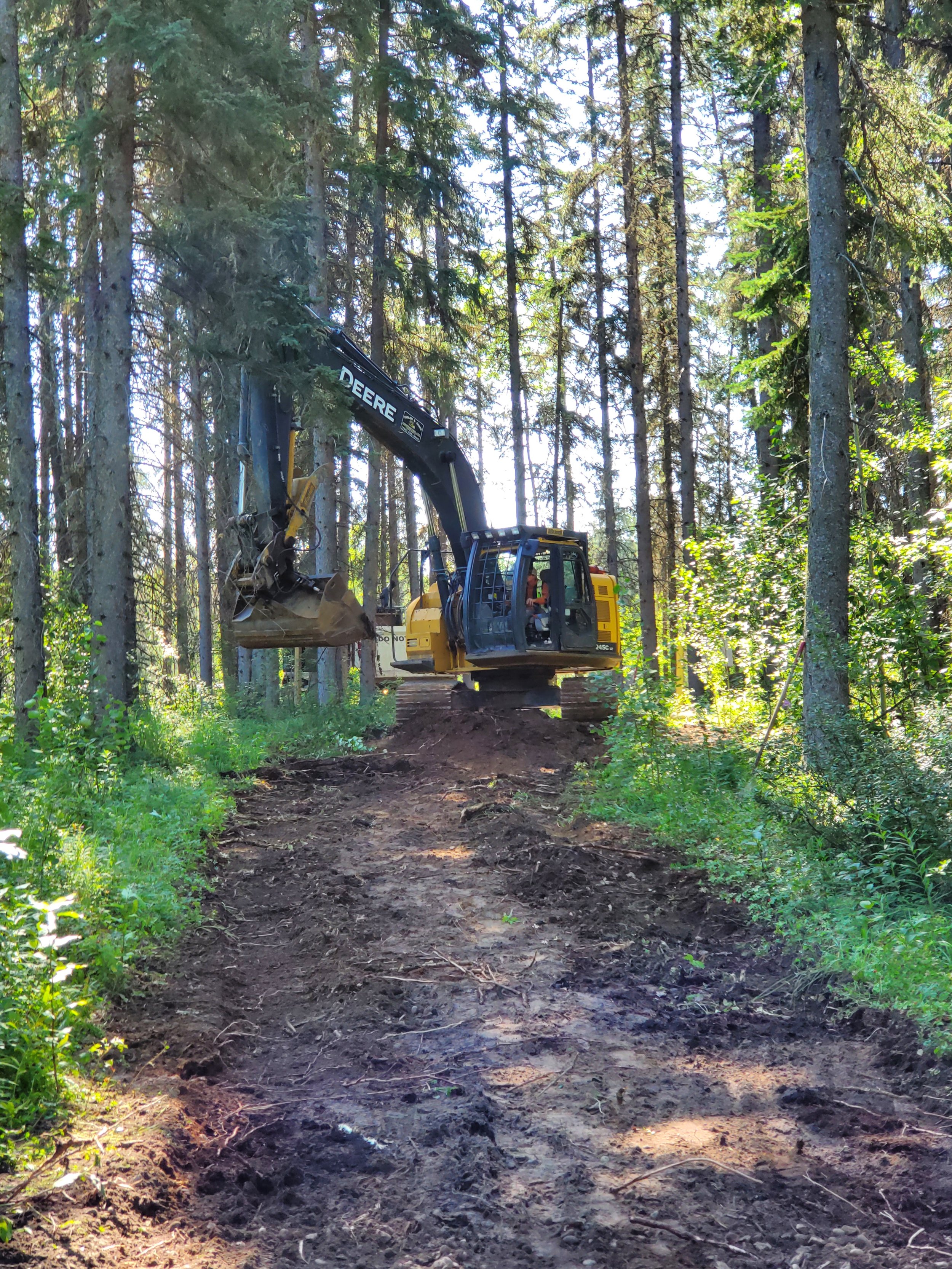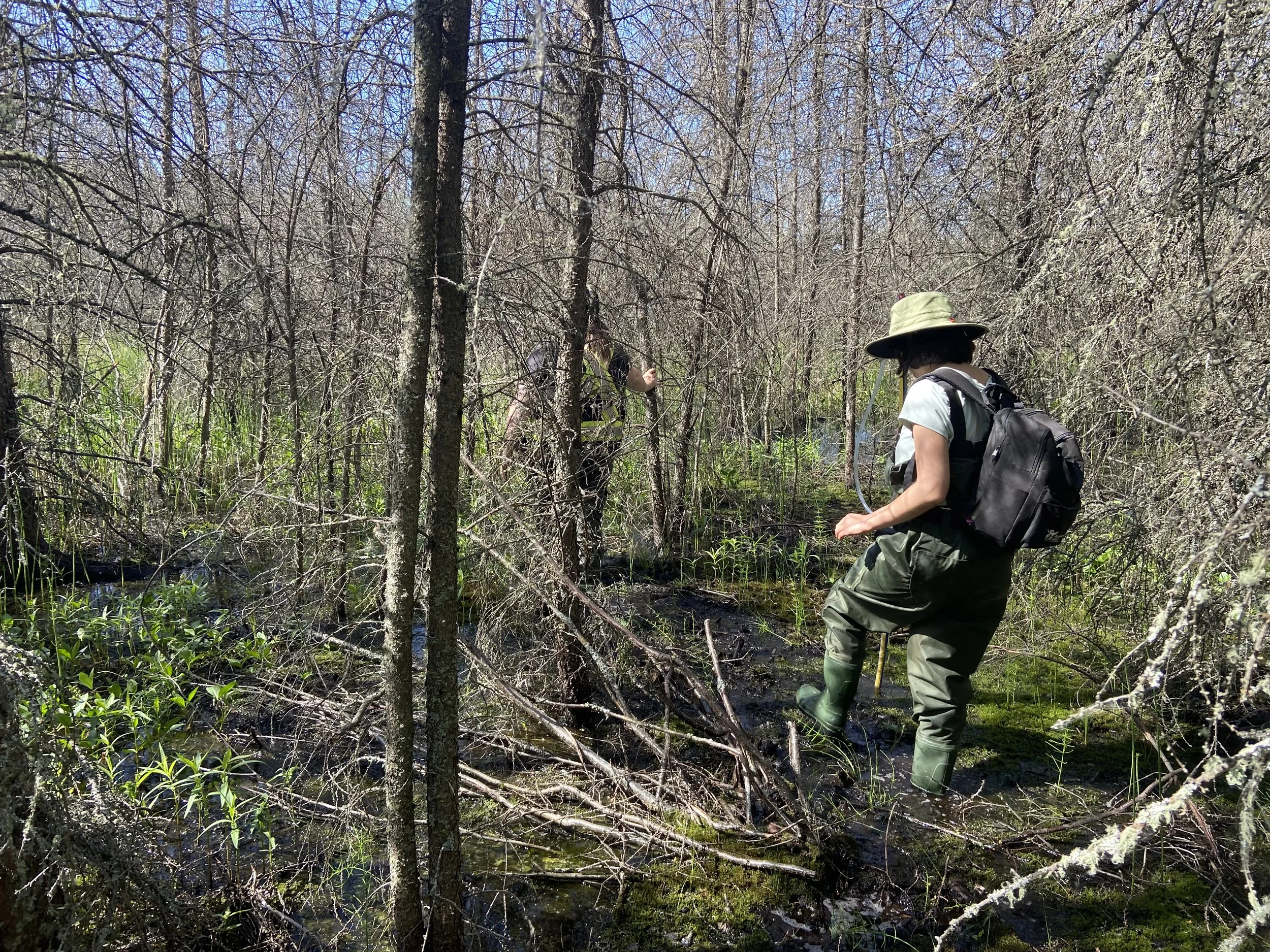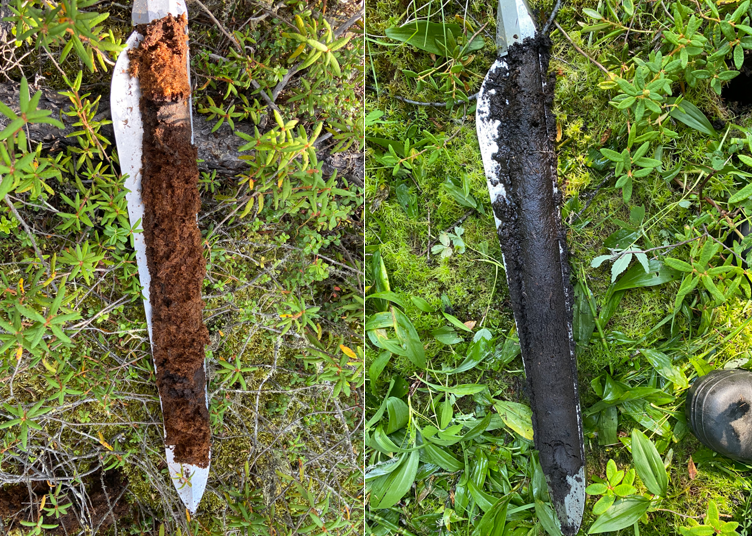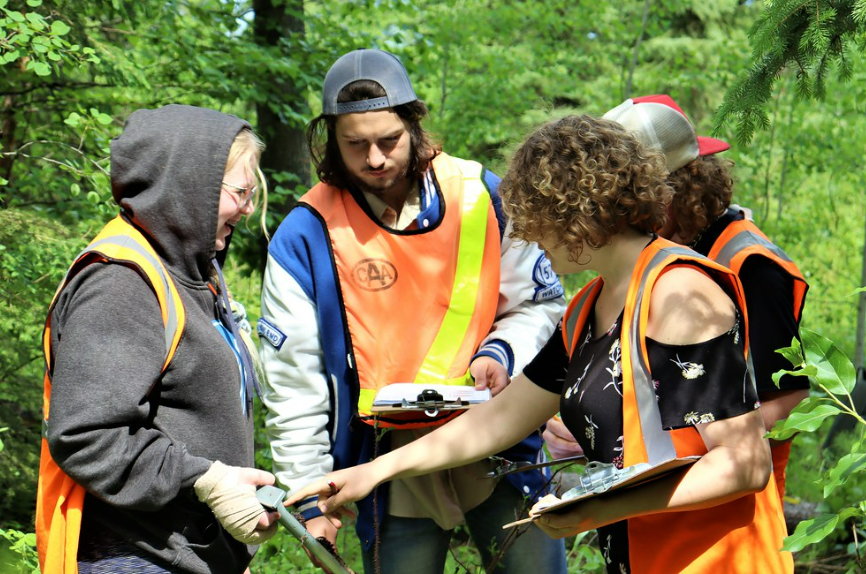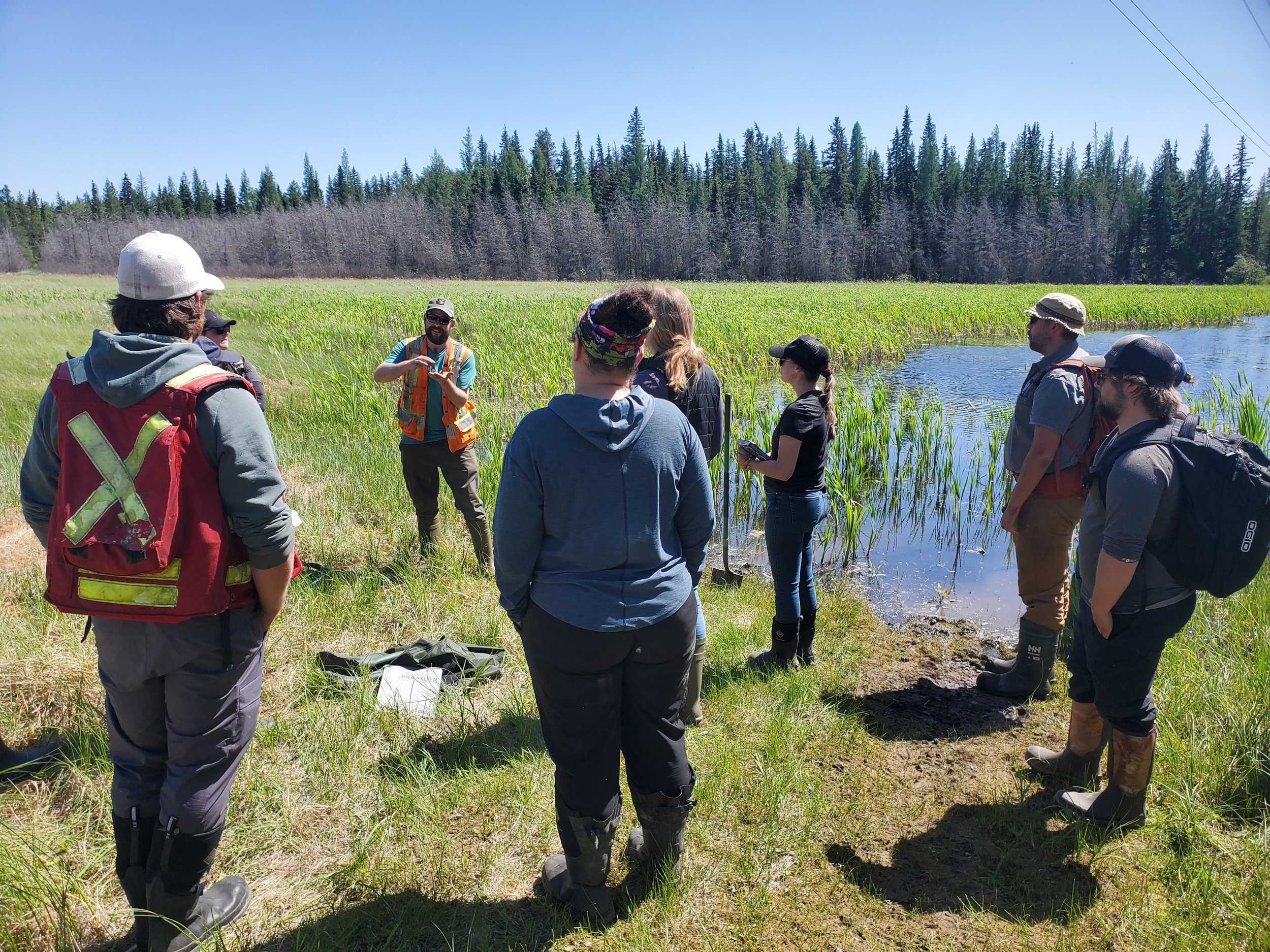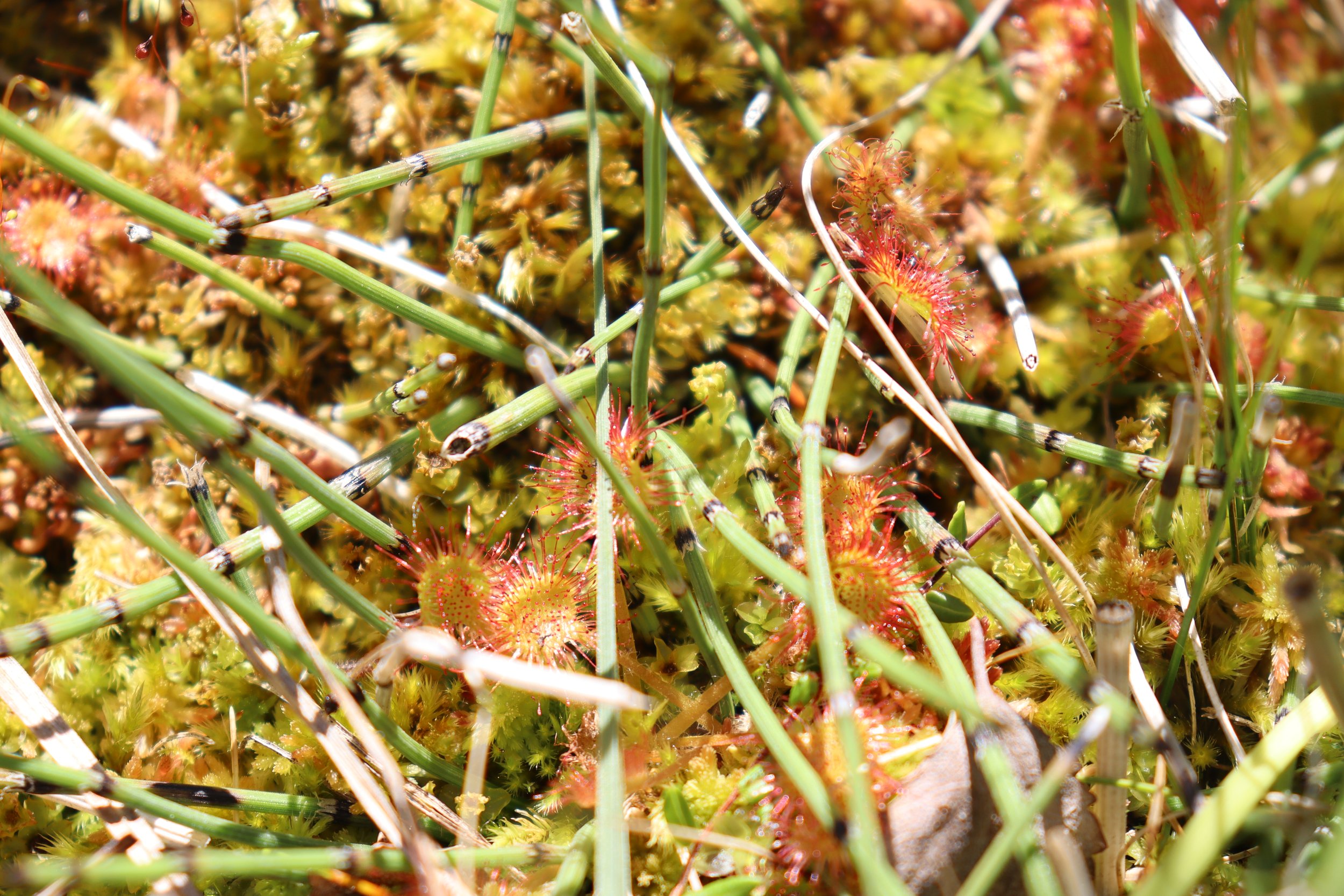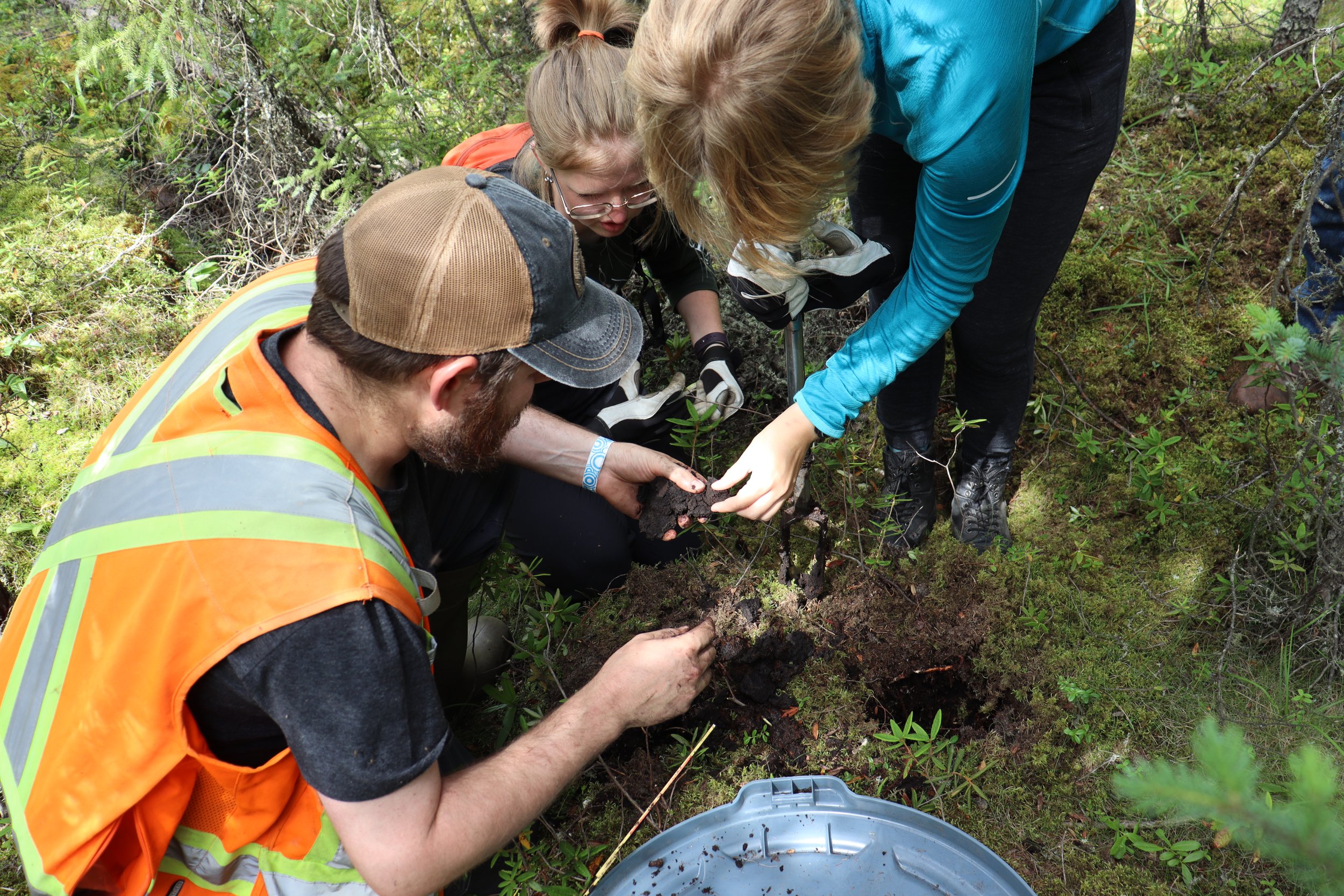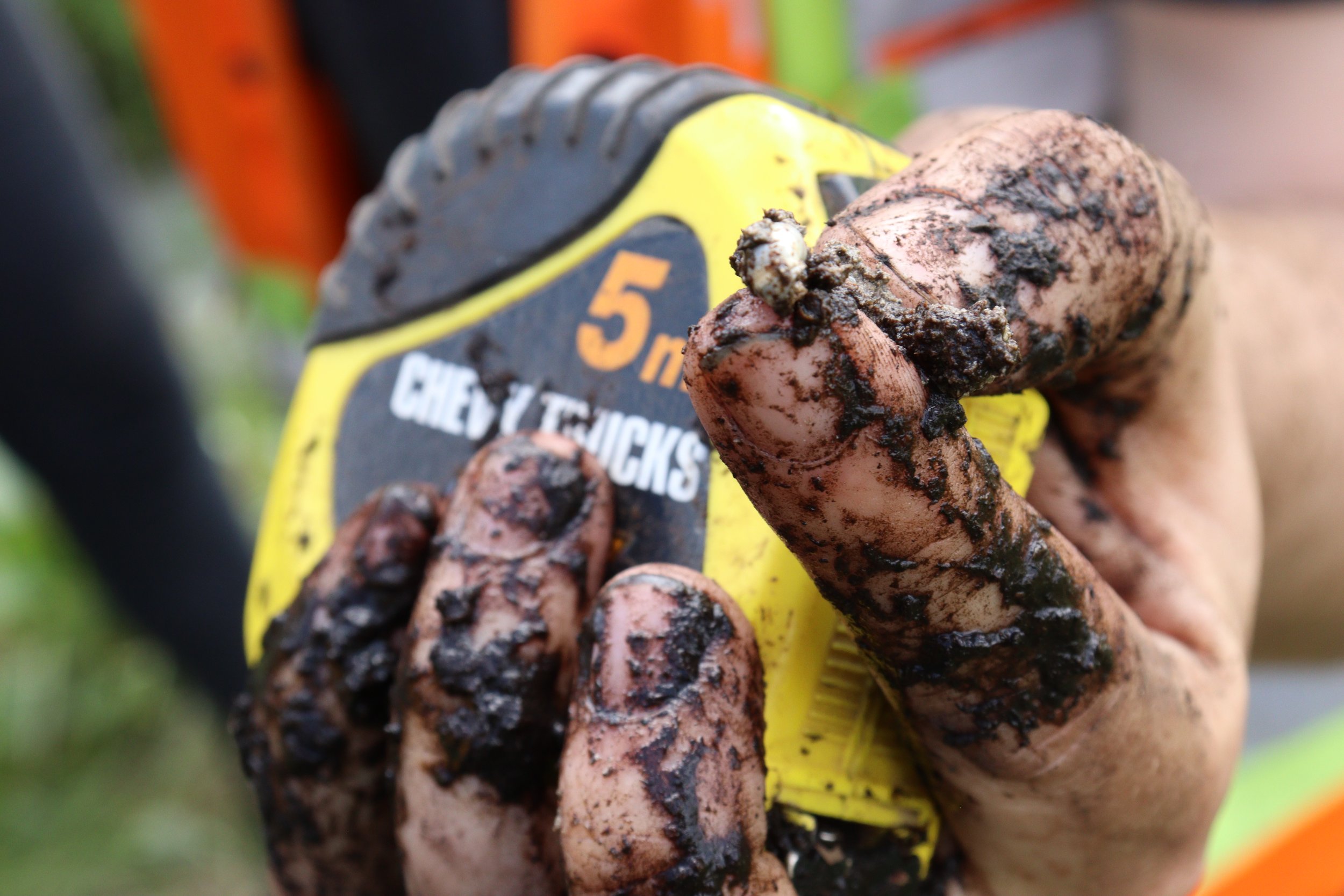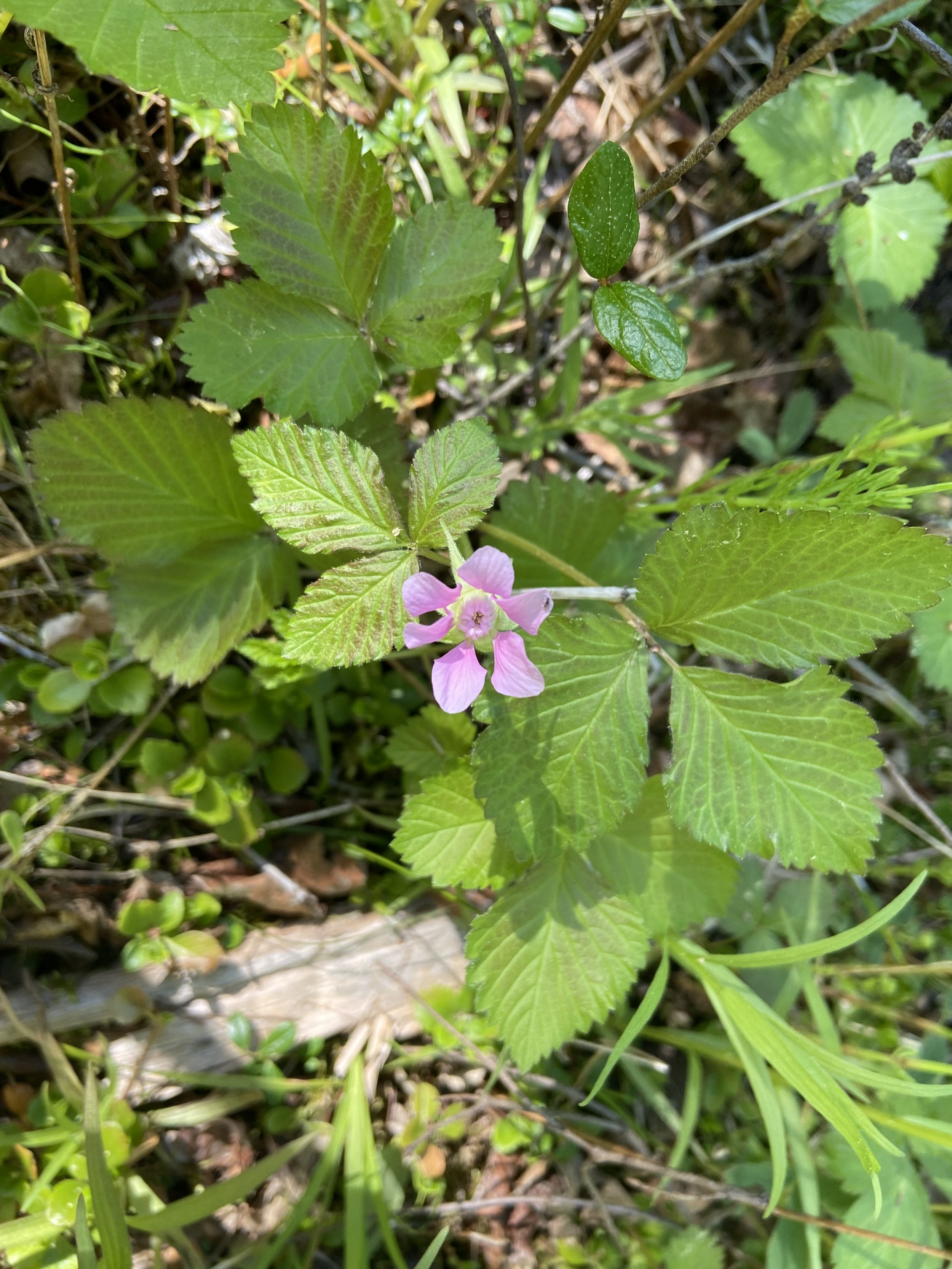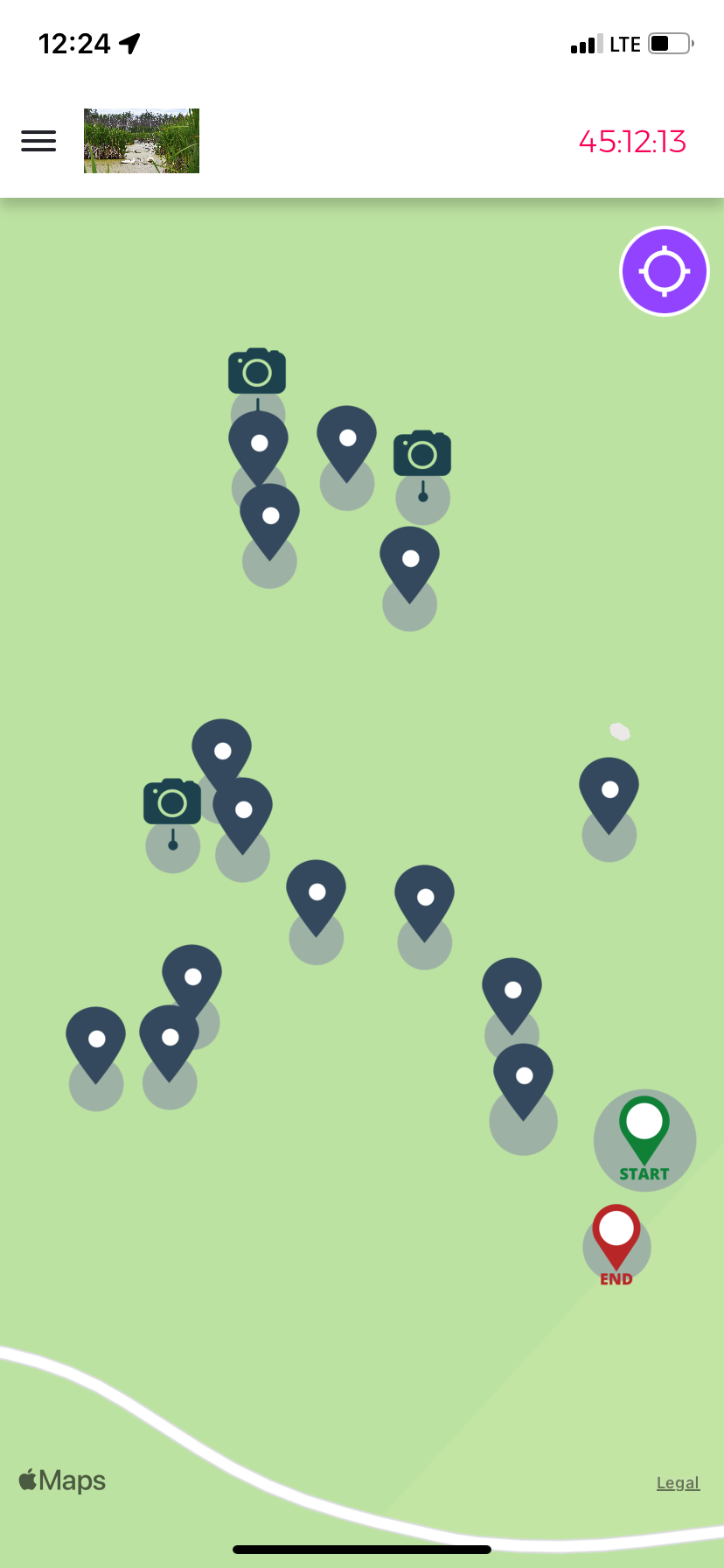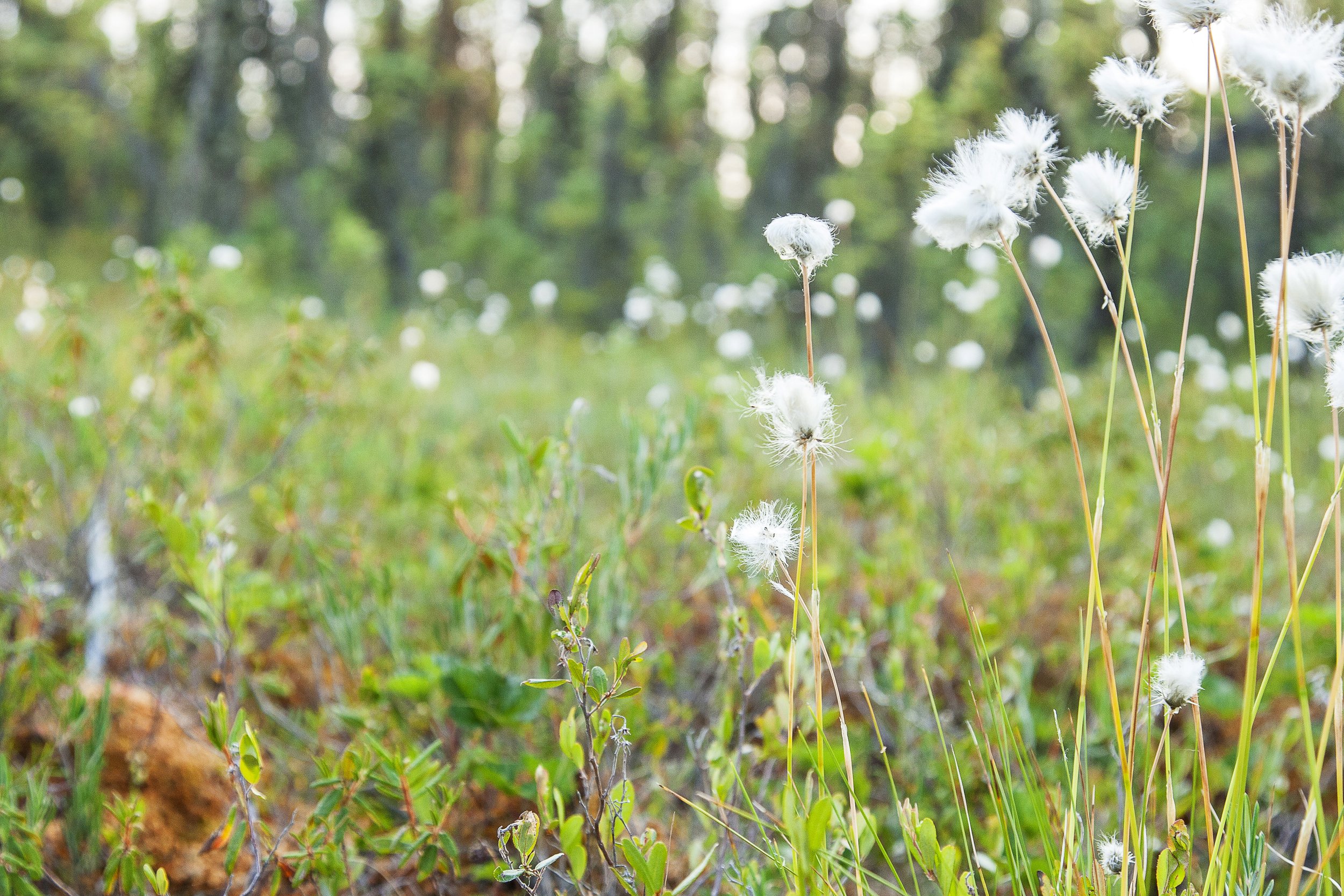Wetland Center Event Update
/Happy June everyone!
The Wetland Center has had some great early season activities including:
-The Indigenous Wetland Pilot Project (April 10-14, 2023): DUC visited various Indigenous groups to learn how DUC can braid Indigenous knowledge into the Wetland Centre.
-Danger Tree Assessment (April 21, 2023): Alberta Wildfire in coordination with Weyerhaeuser generously removed all trees in danger of falling within the bounds of the Wetland Centre ensuring the safety of all trail participants.
-DUC at Earth Day Event (April 22, 2023): DUC attended the Earth Day celebration hosted by the City of Grande Prairie and County of Grande Prairie No. 1 educating the public about wetlands role in the environment and the Wetland Center at Evergreen Park.
-Peace Wapiti Academy Project Day (May 4, 2023): Students from Peace Wapiti Academy came out to the Wetland Center to help clear new trails for the upcoming Walk through the Forest event as part of the Wetland Centre of Excellence program at the high school.
-Construction of the Hammerhead Energy Corduroy Road Extension: Ironwood Mats, in association with Hammerhead, used the wood of trees taken down during the Danger Tree Assessment to build a boardwalk across a wetland connecting the edge of the corduroy road demonstration and the existing trail system. In addition, Northlink Supply spread mulch and seed on the slopes of the corduroy road demonstration to minimize erosion of the road from precipitation.
Citizen Science Visits: Volunteer data collection of the 29 water wells at the Wetland Centre continued in May 2023 (new volunteers always welcome!). In addition, various groups came as part of data collection efforts including for the May Plant Count (May 27, 2023 – Alberta Native Plant Council) and a birding tour (June 3, 2023 – Peace Parkland Naturalist Club).
-Wetland Assessment Knowledge Exchange (June 6, 2023): Professionals in the environmental field and wetland enthusiasts gathered to learn about vegetation and soil identification and wetland classification while sharing industry insights on wetland conservation. This event was facilitated by DUC.
K-12 Education: Although delayed by wildfire/smoke risk, K-12 programming delivered at the Wetland Centre by Inside Education and the Mighty Peace Watershed Alliance officially kicked off in June with multiple classes visiting the Wetland Centre for curriculum-tied tours.
-Bioblitz (June 19-25, 2023): A weeklong event promoting iNaturalist and citizen science happened at the Wetland Centre offering a variety of events including: iNaturalist introductions, a wetland stewardship presentation as part of NAIT’s Centre for Boreal Research speaker series, a tea bag science experiment for the homeschool community, a tour of the SEEDS research demonstration (Seed Enhanced Ecological Delivery System) with Natural Resources Canada staff member Richard Krygier, and a plant walk led by DUC.
With the unexpected complications from the recent wildfires, several of our anticipated May events were cancelled or rescheduled. This included Walk Through the Forest, hosted by The Grande Prairie and Area Environmental Sciences Educational Society (GPESES), and was rescheduled for early May of 2024. Also cancelled was our volunteer maintenance day which would have seen Weyerhaeuser and Canfor summer students and staff assisting with site maintenance and clean-up. Other cancelled events include the Inside Education programming which had been originally scheduled for mid-May and the Country of Grande Prairie High School tours (tentatively rescheduled for Spring 2024).
Regardless, the Wetland Center is still aiming to make the most of the summer weather. We’ve still got events coming up such as the Junior Forest Ranger Maintenance Day and upcoming infrastructure improvements at the Wetland Centre (i.e., trail upgrades, garbage cans, etc.)! Keep an eye on the event schedule and stay tuned!




